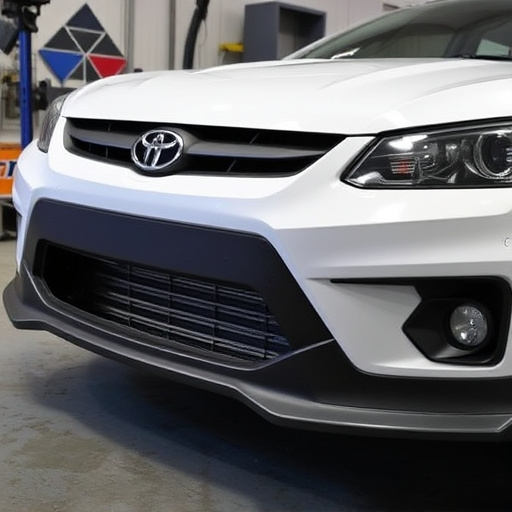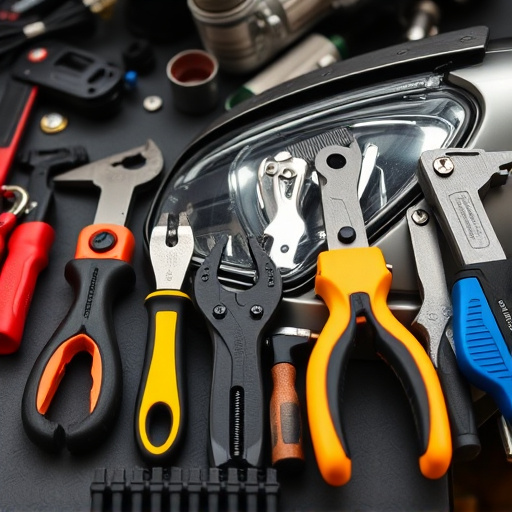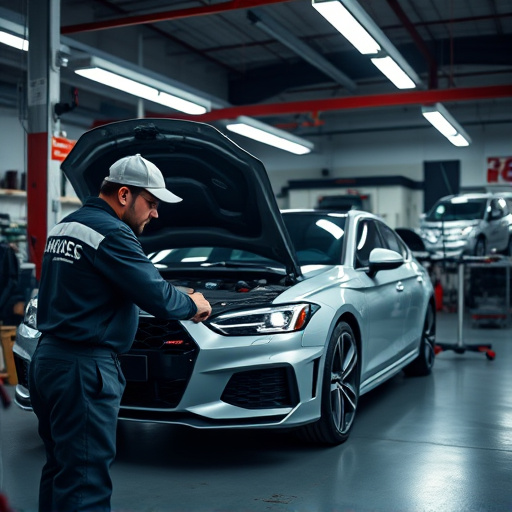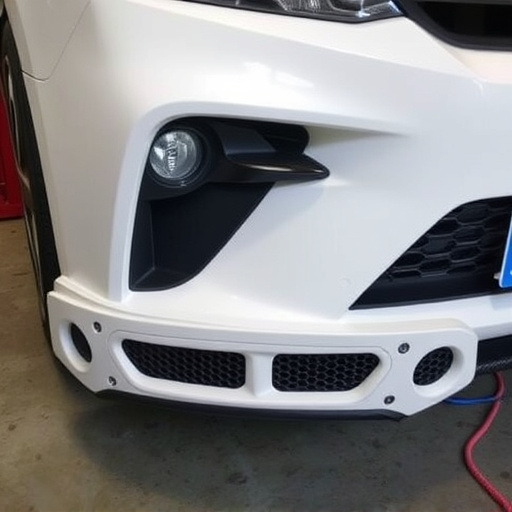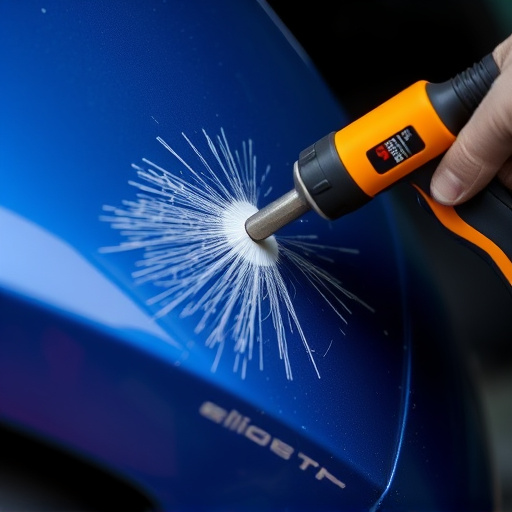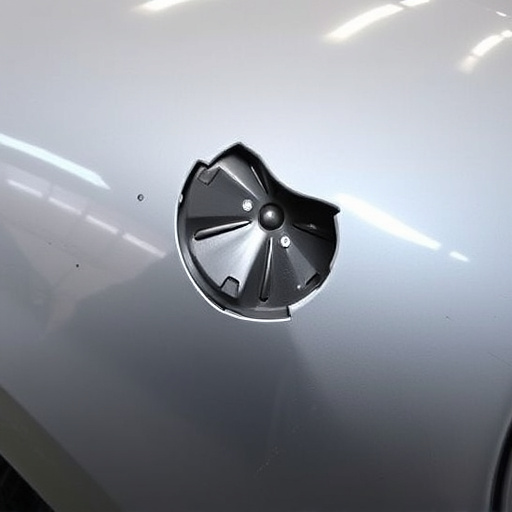A meticulous assessment by auto body technicians is crucial for determining accurate dent repair cost. They inspect damage extent, type, and underlying issues using visual examination and diagnostic tools. Labor costs, varying by complexity and expertise, are calculated along with material expenses like new panels, paint matches, and tools. Overhead expenses and profit margins also factor into the final price, ensuring sustainable and high-quality dent repair services.
“Unraveling the mystery of how technicians determine dent repair costs is essential for car owners seeking quality and affordable services. This article offers a comprehensive guide, breaking down the assessment process into three key components: understanding the assessment, calculating labor and material expenses, and considering overhead costs plus profit margins. By the end, you’ll grasp the factors influencing dent repair cost, empowering you to make informed decisions.”
- Understanding the Assessment Process
- Calculating Labor and Material Costs
- Factoring in Overhead and Profit Margins
Understanding the Assessment Process

The first step in determining the final dent repair cost is a thorough assessment of the damage. Technicians carefully inspect the affected area, considering factors such as the size and depth of the dent, the presence of any underlying damage, and the type of material used in the vehicle’s body. This process involves both visual examination and, in some cases, advanced diagnostic tools to ensure an accurate evaluation.
During this assessment, technicians also take into account the labor costs associated with the repair, which can vary based on the complexity of the dent and the auto maintenance expertise required. They may refer to industry standards or pricing guides specific to automotive body shops to estimate the overall dent repair cost effectively. This comprehensive approach ensures that customers receive a transparent and competitive quote for their auto dent repair needs.
Calculating Labor and Material Costs

When estimating dent repair cost, technicians meticulously calculate labor and material expenses to provide accurate pricing for vehicle restoration. Labor costs vary depending on the complexity of the damage and the time required to make repairs. Technicians consider factors like panel replacement, painting, and fine detailing, ensuring every aspect is accounted for in the final dent repair bill.
Material costs encompass the various parts and supplies needed for auto body work. This includes new panels, paint matches, sandpaper, and specialized tools. By evaluating these materials, technicians can predict the overall expense of fixing dents, offering clients a clear understanding of the vehicle restoration process and its associated costs.
Factoring in Overhead and Profit Margins

When technicians calculate dent repair costs, they don’t just consider the visible damage. Overhead and profit margins play a significant role in determining the final price for auto repair services. Every shop has different operational expenses, including rent, employee salaries, insurance, and tools, which are essential for providing high-quality frame straightening and vehicle collision repair services. These costs are factored into every estimate to ensure sustainability and profitability.
For instance, a small, independent shop might have lower overhead compared to a larger dealership. This can translate to different profit margins, which in turn affects the dent repair cost. Technicians must balance these factors to provide competitive pricing without compromising the integrity of their work. It’s crucial for customers to understand this aspect when getting estimates for dent repair, ensuring they make informed decisions about their vehicle’s upkeep.
When determining the final dent repair cost, technicians carefully assess damage, calculate labor and material expenses, and consider overhead costs and profit margins. This comprehensive approach ensures that customers receive accurate estimates, enabling them to make informed decisions about their vehicle’s restoration. By understanding the assessment process, calculating costs effectively, and factoring in business needs, technicians can provide transparent pricing for dent repair services.



